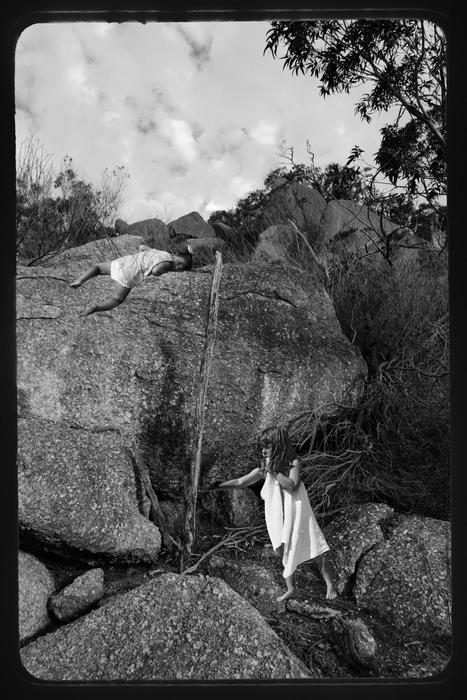Contemporary dance festival Dance Massive is back this month to celebrate a decade of showcasing some of the world's most provocative choreography. Over 50 events, viewers can experience theatre, dance, art and discussion that tackles confronting and exciting themes. Highlights include:
Common Ground by Chunky Move artistic director Anouk van Dijk evokes the birth of ballet to turn the stage into a choreographic game of chess.
Mar 13-17, Malthouse, Merlyn Theatre, 113 Sturt Street, Southbank
Same but Different disproves the notion that all Indigenous dance is the same by showcasing four First Nation female artists who tell stories through dance, albeit in different ways.
Mar 13-23, Meat Market, 5 Blackwood Street, North Melbourne
First Dance brings together storytellers and performers to combine movement and writing to conjure up varied memories of that first, fateful dance.
Mar 18, North Melbourne Town Hall, 521 Queensberry Street, North Melbourne
The Tennis Piece world premiere is Atlanta Eke's approach to tackling anxieties of technology by combining dance and installation to take the audience to a pivotal event in the French Revolution.
Mar 19-21, Collingwood Town Hall, 140 Hoddle Street, Collingwood
Biladurang is an award-winning confessional solo described as the perfect "theatre-dance one-night stand" by Joel Bray.
Mar 19-24, Sofitel Melbourne on Collins, 25 Collins Street, Melbourne






